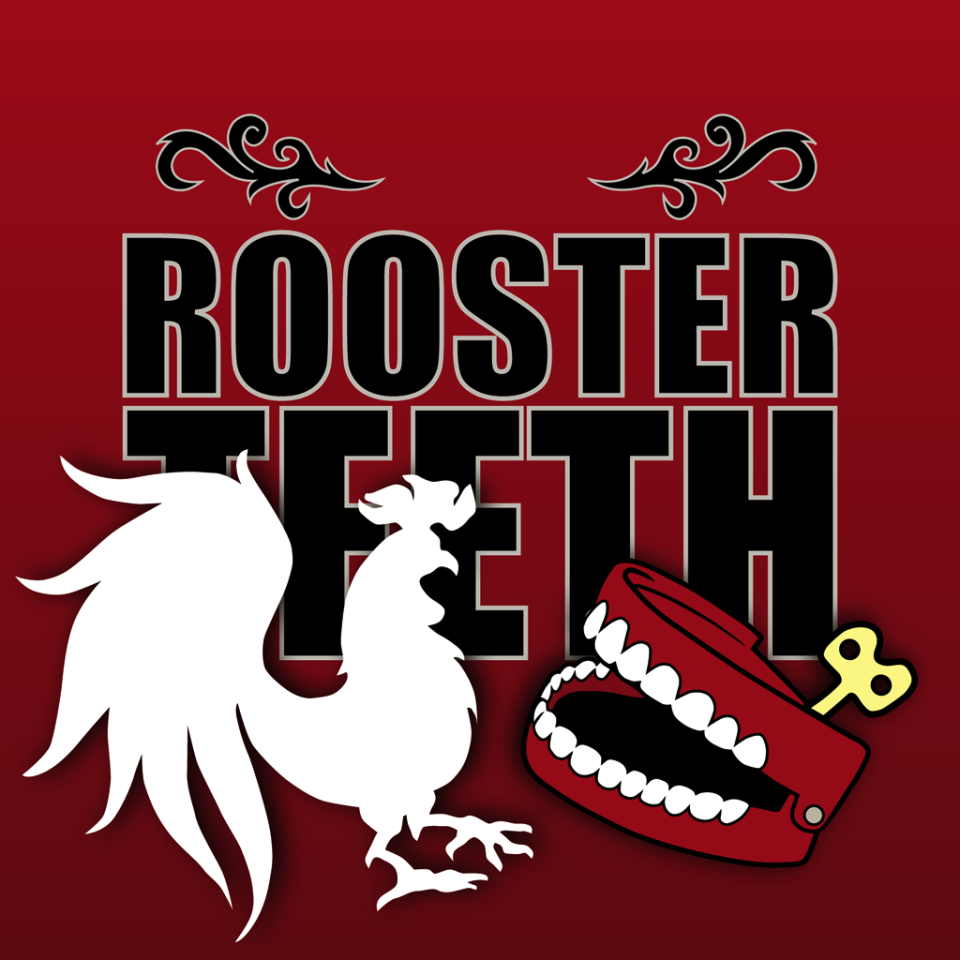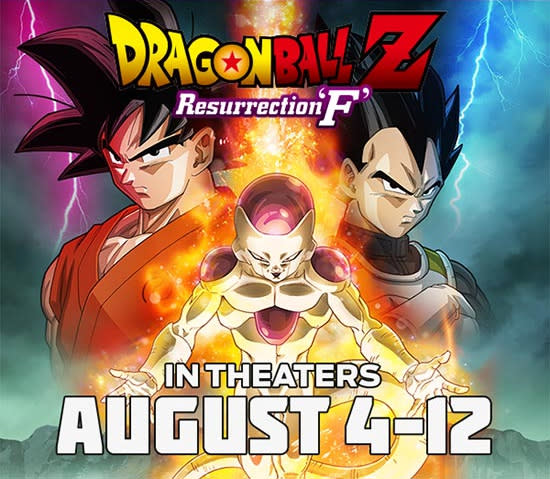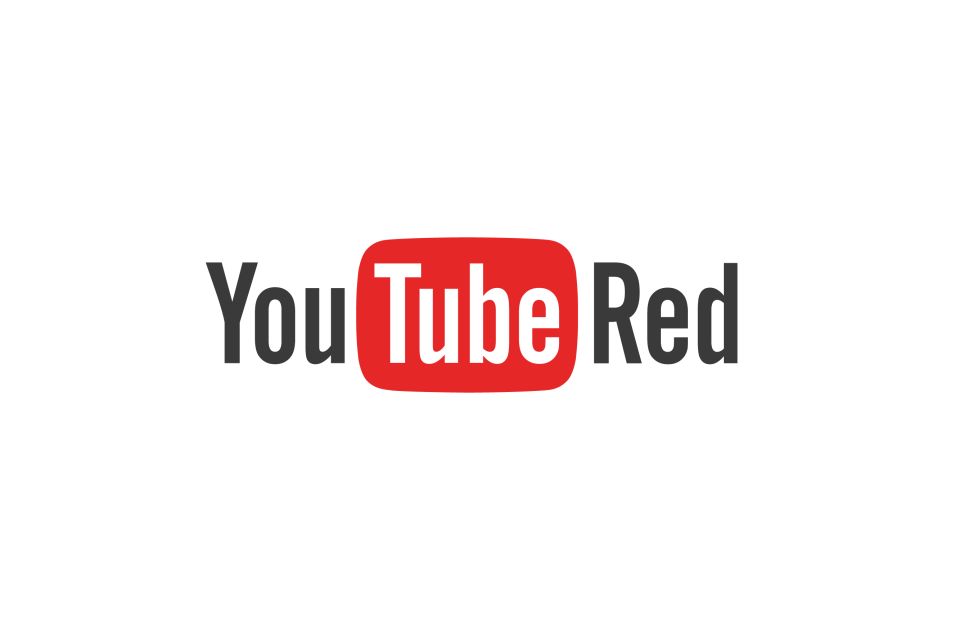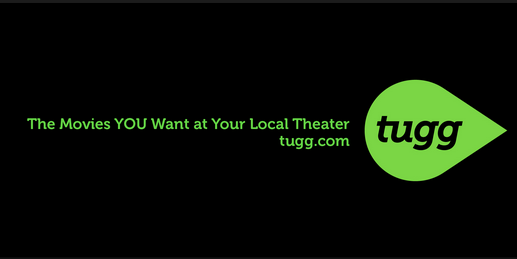‘Lazer Team’ & ‘Dragon Ball Z’ Marketing And Distribution Models Could Change Game For Indie Filmmakers

EXCLUSIVE: There were little print and marketing costs prior to launching the action comedy Lazer Team and minimal publicity expenses. Instead, the film collected a record-breaking $2.4M for its production budget from Indiegogo, then pre-sold tickets through Austin-based crowdsourcing company Tugg to the tune of $1M, and ended up grossing $1.1M in the U.S. and $1.6M globally, according to Rentrak, which collected the final tallies for the film yesterday. All in, the average per screen was a very respectable $3,140.
The successes of Lazer Team and Dragon Ball Z: Resurrection F — which came out of nowhere to gross $8.4M in about 10 days last August — should give indie filmmakers struggling to find distribution hope, and also give filmmakers and studios pause as these films are finding great success — in some cases better, than the traditional distribution model. In both cases, outlay costs on both films were minimal, which translates to higher profit margins. And those profits go directly back with few middlemen.
How did they do it? In both instances, distributors communicated directly with their fan base (their ticket-buyers) on social media and engaged them in ways to make them feel even more invested. The result was strong word-of-mouth and a communal theatergoing experience populated with their core audience.
A very different animal than Lazer Team, Dragon Ball Z: Resurrection F was in (at its height) 457 theaters, but nonetheless, in only five days of release it catapulted over the entire domestic gross of Hayao Miyazaki’s Howl’s Moving Castle ($4.7M) and The Wind Rises ($5.2M) to become the first indie in the Top 10 highest-grossing Anime films domestically (ranking No. 9). The anime wonder played only one time a day in most places and two times a day when it could in a handful of theaters (remnant time). By comparison, Disney released the Miyazaki films and kept them in theaters for weeks to get those grosses.
Lazer Team played in theaters as a cinema-in-demand model where if fans gathered a certain number of people who wanted to see the film, Tugg would find a theater for a one-time showing event. The distrib managed 480 screenings (for one night only) in both the U.S. and abroad. The picture was also four-walled for a 35-screen run stateside. Tugg showed the film 47 times in the UK and fans lined up around the block. In Australia, it screened 65 times. With this kind of distribution model, Lazer Team ended up grossing more than $1.6M globally, according to Rentrak.
“Here’s the thing, you can’t get a lot of theaters, the footprint is very small, but it can work for indie films,” said one distribution head at one of the major studios in town. “Week after week there are so many indie movies that come out and that business flies under the radar. In the case of (having) no money, you can do this and it works. I wouldn’t say this on the record, but I think the Tugg guys are on to something.” How about Dragon Ball Z: Resurrection F’s grosses? “That took us totally by surprise.”
And who better to do these non-traditional, impact distribution models than those bred in the studio system. In both cases, there are former studio people involved with the companies behind these projects. Lazer Team‘s production company Rooster Teeth was bought out last year by Fullscreen, which is majority-owned by Otter Media — a joint venture of Peter Chernin’s The Chernin Group and AT&T. Dragon Ball Z: Resurrection F was distributed by FUNimation whose key marketing and distribution executives came from Universal Home Entertainment.
“We distributed the film completely outside the studio system and still managed to reach a mass audience,” said Fullscreen president Ezra Cooperstein. “The challenge is that the exhibition industry has a lot of legacy, and they don’t want disrupters, so we did it in a way through Tugg that didn’t upset the applecart.”
Dragon Ball Z: Resurrection F
had very little money to spend on marketing so instead it launched a grassroots campaign via social media fan sites, put a retail promotion together with Hot Topic, and promoted the film heavily at Comic-Con and anime fan conventions. When the film was released in theaters willing to participate in the U.S., the grosses took everyone by surprise as it came seemingly out of nowhere to end its weekend with $1.8M and run of about 10 days with an $8.4M tally.
“We spent more than Lazer Team, but much less than a traditional studio would. The extreme P&A style that is employed by the studios, we didn’t have the luxury of doing. We couldn’t afford to take a film like this to market in that way, so we used an event-style release and took remnant time at the theaters,” said Michael DuBois, EVP and COO of FUNimation. “It really started with the direct relationship with the fan base, then we marketed to them directly and effectively and that drove them into the theater. When we said it was only available for a limited time, it raised the level the urgency to get to the theater. The combination of those things allowed us to exceed our expectations.”
Likewise, communicating directly with fans is exactly what Rooster Teeth did with Lazer Team. “It’s just a different mentality,” says Nick Gonda, CEO and co-founder of Tugg, which handled ticket pre-sales. “We are seeing the landscape change so much now. What we’re showing is that there is another way to do this and that is to communicate directly with your ticket buyers. We use the ticket purchase as the beginning of a relationship with the moviegoer and through this process, distributors/marketers/filmmakers have a direct link to the buyer. Most people would double down on paid advertising and not really know the affect on ticket sales. In the case of Rooster Teeth and Lazer Team, they were able to communicate directly with those fans who would, in turn, go out and reach other people. You could actually see the spike in ticket sales after that happened.”
One distribution chief said that he didn’t think the model would work for the larger, star-driven studio films that need the support of media to push a second weekend.
Unless it’s a completely different model. In the case of Lazer Team, Rooster Teeth cut a deal with YouTube Red (which launched last Wednesday). YouTube Red followed up with media buys to push people onto the online service to then purchase Lazer Team. YouTube Red is advertising the film right now outdoors in both Los Angeles (a primo Sunset Blvd. billboard location) and New York and Austin. YouTube Red last week also dropped Lazer Team‘s first TV spot … during the Grammys.
The key to this launch was that Rooster Teeth, first and foremost, has more than 20M YouTube subscribers. The production company then had the idea to do a movie and got funding from Indiegogo. Right around that time, they started talking to YouTube who had just begun sussing out different creative minds about supplying content. They cut a deal and YouTube Red agreed to a marketing spend and digital distribution for Lazer Team on their channel.
YouTube first made the film available in the U.S. through its online YouTube channel and Google Play VOD for purchase. “Starting with our launch date last Wednesday, because of how we are handling this, Lazer Team is now available in over 100 markets around the globe for purchase,” said a spokeswoman for YouTube. “Rooster Teeth brought in Tugg, said let fans tell us where they want to see the movie and they found the theaters in the locations that said yes. So this crowdfunded movie, had global distribution and a theatrical run.”
Could a distribution model like this work for say, an actor in an indie film with who just so happens to have a strong social media presence? Yes, we’re told. As the YouTube spokeswoman said, “The key point it has to start with someone who has a lot of fans and one that has a two-way relationship on social media.”
No wonder agencies and producers are looking to sign-up YouTube stars as those content creators have an engaged audience who follow them day in and day out. Let’s face it, the younger generation lives and breathes on social media and can make a huge impact on the film industry just by advocating and rallying behind a musician or a property as they have with both Lazer Team and Dragon Ball Z.
“Engagement comes in different shapes and sizes. Others who want to try this, need to ask themselves how passionate is their fan base? Will they show up and buy a ticket? For Rooster Teeth, we have 60,000 people who show up for our events. We have hundreds and thousands of people who buy merchandise from us every year. The level of engagement goes beyond a like or a follow. These influencers are the marketing channel,” said Cooperstein.
“If you think about how you open a movie like a big pie with paid media, promotion, publicity, influencers is one of the slices, but ultimately, to get to truly mass scale it’s a marketing game of reach and frequency,” he said. “If you truly want to have a mass scale movie, you have to go beyond to paid media. This movie could have done $20M to $30M in box office, if we had paid media, but we had had only a few hundred thousand dollars in marketing overall (around $200K to $300K). If you have zero marketing dollars to spend, you have to have more influencers. The influencers allowed us to start on first base.”
Cooperstein said he can see a future model where independent filmmakers pact with influencers. “I could see a time where Rooster Teeth could become a distributor to help other filmmakers.”
Tugg’s Gonda explained it this way: if you have social capital, it can actually be more potent than economic capital, and companies and people are now realizing that. It has been widely discussed among marketers, he adds, that positive word-of-mouth from one person can have a greater impact than over 200 paid advertisements. (The metric Gonda quoted comes from BzzAgent). “We are not ignoring the value of a traditional advertising campaign, but without a solid social strategy — 87% of people trust a friend’s recommendation in their social media network over a critic’s — you aren’t going to be as successful.” (That metric came from Marketing Sherpa).
With Lazer Team, Tugg’s cinema-on-demand approach gave online fans across the nation a communal experience that they would not otherwise have outside of fanboy conventions and they were able to turn ticket buyers into advocates. He also noted that many studios spend a lot of money on promotional screenings, so Tugg takes the same promotional window and uses it differently, reaching out on social media to give filmmakers and marketers a direct link to superfans which then drives that all important word-of-mouth.
This distribution approach can also work with documentary films, too, as most of them are geared initially to a particular audience. In fact, Tugg actually began its business by distributing documentaries.
“Documentaries have been a significant driver of our success to date because oftentimes documentary filmmakers go through the process that we wish everyone would go through: They ask early on ‘who is my audience?’, ‘why would they want to come see this?’ … by the time they get to the distribution, they have cultivated a community of advocates who aren’t just wanting to buy tickets for themselves but are engaged in the process,” said Gonda. Documentaries such as Touch The Wall, Unbranded, Why We Ride, Blood Brother (a Sundance Grand Jury Prize winner) are but a few Tugg worked on.
Other documentarians in the industry are now realizing the importance of what is being referred to more and more as “social impact distribution,” which again is reaching that core, making them advocates and then motivating them to act not only to buy tickets but take that next step and change society in a positive way.
Next up for Tugg? Gonda didn’t know where to begin. “We’re doing multiple events every single day,” he said.
The next movie up for FUNimation is the anime film The Boy And The Beast for which DuBois said he will be employing a similar marketing and distribution approach. They are working with Mamoru Hosoda, a anime director in Japan who they have worked with twice before. The Boy And The Beast, however, is a different kind of movie than Dragon Ball Z. This one was nominated for Animation of the Year at the 39th annual Japanese Academy Awards, so this time around, they are pre-selling tickets for a limited theatrical engagement set to begin March 4.
Related stories
YouTube Red Unveils New Projects As Service Goes Live
YouTube Red Sets Premiere For First Batch Of Originals
Oscar Shorts Bow Strong; 'Lazer Team' Snags $1M With TUGG Screenings - Specialty Box Office
Get more from Deadline.com: Follow us on Twitter, Facebook, Newsletter







